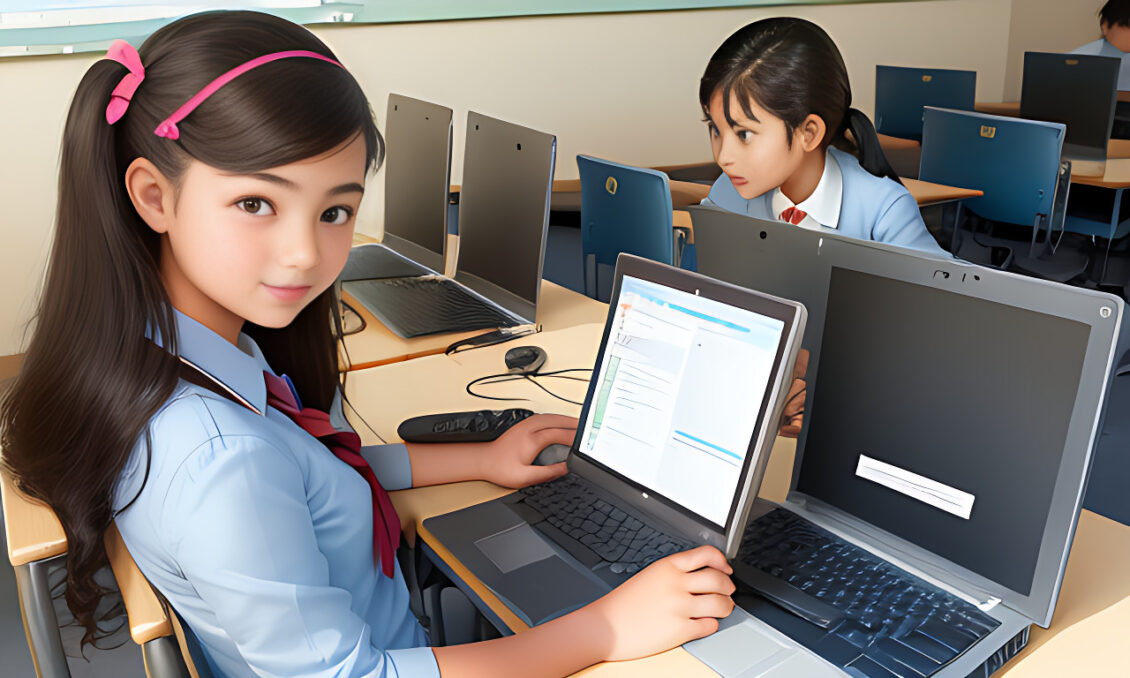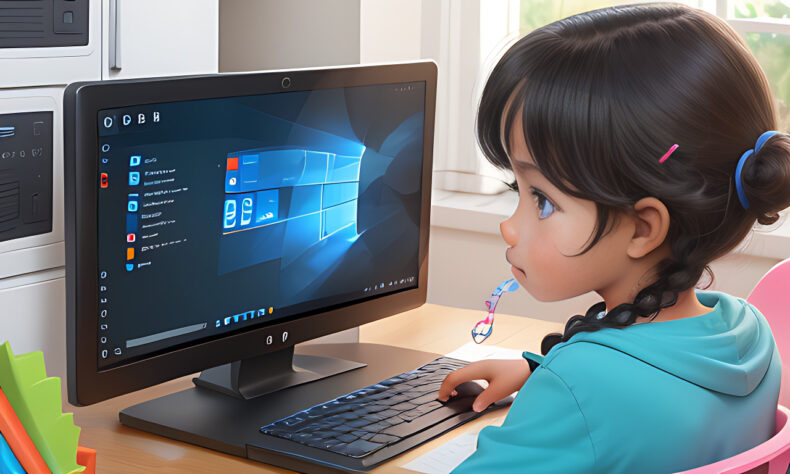Table of Contents
It’s quite interesting, you know. Even though we often think of school kids in India as being really good with technology, the truth is, that they don’t always get enough support to become digitally literate. And that’s a bit of a problem because there’s a shortage of digital skills among young people in India. What makes it even more concerning is that the job market is rapidly changing, and about 90% of jobs now involve using digital stuff in some way. This trend is only going to get bigger.
There was a recent survey by NSSO, that looked at how good young Indians aged 15–29 are with digital skills. The results aren’t that great, to be honest. Only about 27.5% of them were classified as “digitally skilled.” So, there’s definitely some work to be done to help our young folks become more tech-savvy.
Unlocking the Power of Digital Literacy
You know, UNESCO talks about something they call “digital literacy,” and they say it’s like the fourth big pillar of basic literacy. What they mean by digital literacy is basically the skills that help people use technology safely and effectively.
It’s not just about the basic stuff; it covers a whole range of digital know-how that lets you do everyday things using tech. You know, like filling out a Google form, playing around with data on Excel, or even making a presentation for work. These are all the kinds of skills that are becoming super important these days. So, think of digital literacy as your toolkit for navigating the digital world!

Now, when we talk about digital literacy, it’s not just about having the technical skills. That’s only one part of the whole picture. The thing is, if we limit our understanding of digital literacy to just having these skills, it can lead to some serious problems.
Take India’s experience during COVID-19, for instance. We saw a big issue with misinformation spreading like wildfire, and it affected people of all ages. That’s a clear example of a widespread lack of digital literacy. It’s not just about knowing how to use technology; it’s also about knowing how to navigate the digital world safely, especially when we’re dealing with critical information like during a pandemic.
How Digital Literacy Shapes India: Challenges and Disparities
When it comes to being digitally literate, there are five important things to know, on top of having basic digital skills like sending messages and using the internet. These are:
- Communication and Collaboration: It means being able to talk and work with others online.
- Information and Data Literacy: This is about knowing how to find and use information and data on the internet.
- Problem Solving: It’s all about being good at solving issues that might come up while using digital stuff.
- Safety: Staying safe online is super important, like not sharing personal info with strangers.
- Digital Content Creation: This means making things like videos, pictures, or writing online.
Now, in India, there are some problems with this. Girls often aren’t as good at these digital skills as boys. This happens because the rules of the real world also affect the digital world. So, girls sometimes miss out on the good stuff in the digital world.
And it’s not just about boys and girls. Different parts of India also have different skills. Usually, the southern states are better at these things than the northern ones. That’s what the Ministry of Statistics and Programme Implementation (MOSPI) says.

You know, the government has been trying to keep things safe online with the Digital India Bill, but there’s something important we need to talk about – the digital illiteracy crisis, especially among kids. Even though kids are constantly surrounded by digital stuff these days, we’re not paying enough attention to making sure they really understand it all.
One big issue is that we don’t have enough teachers who are not only good with digital stuff but also understand the different needs of boys and girls when it comes to this. Plus, there’s the problem of some schools not having good internet access, even if they have computers.
So, even if students get a chance to use computers, they might still struggle to really get how everything works. They might know the basics, but what’s missing is the ability to think critically and be aware of what’s true and what’s not online. And you know what? That can add to all the fake news problems we’re seeing everywhere. This is where teachers and parents come in – they’re the ones who can help kids navigate this digital world better.

Teachers are like the captains of the ship in schools. They set the tone for how students learn about digital stuff. So, making sure they’re equipped to teach digital skills is a big deal. It’s not just about knowing how to use computers; it’s about understanding how to be smart and safe in the digital world.












